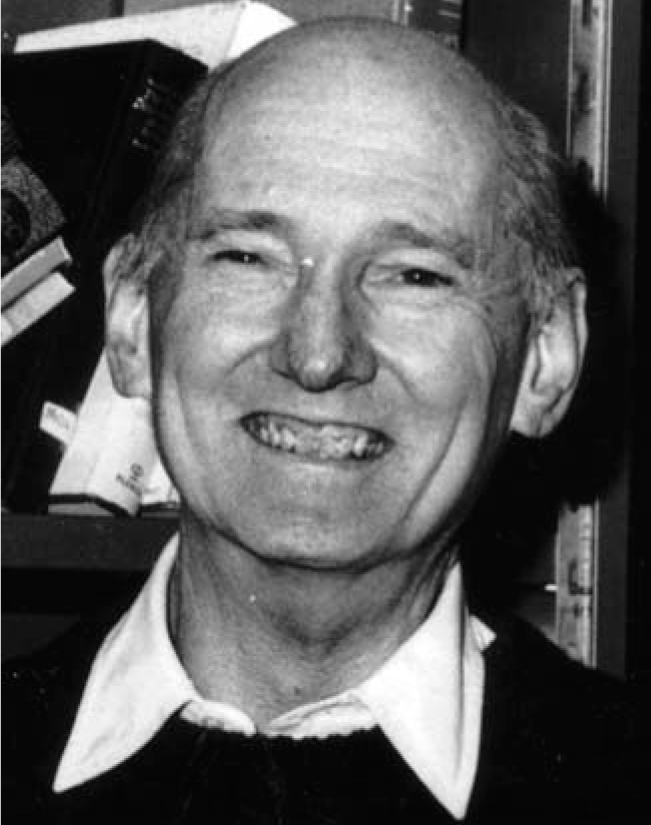Rolfe Eldridge Glover III
DOI: 10.1063/1.1897575
Rolfe Eldridge Glover III, professor emeritus of physics at the University of Maryland, College Park, died in Baltimore on 15 July 2004 of complications ensuing from kidney failure.
Rolfe was born in Wilmington, Delaware, on 6 September 1924. Following two years of service in the US Army Air Force, he received, under a cooperative program, an AB from Bowdoin College and a BS from MIT in 1948. He carried out his graduate studies in physics at the University of Göttingen, which led to his PhD in 1953 under Robert W. Pohl. Rolfe’s dissertation was based on measurements of the effect of F centers on physical properties of crystals. He stayed one more year in Göttingen to do postdoctoral research in Rudolf Hilsch’s physical institute, where he worked on superconducting films.
On returning to the US in 1954, Rolfe accepted a postdoctoral position at the University of California, Berkeley, in the solid-state physics group led by Arthur Kip and Charles Kittel. One of us (Tinkham) joined the group at about the same time. The Berkeley group embarked on a sustained effort to observe quantitatively the effect of the superconducting transition on the transmission of radiation through a thin metallic film. The group’s data gave clear evidence of the superconducting energy gap and was soon seen to be in accord with the new Bardeen-Cooper-Schrieffer theory. The data also led to a sum rule relating the absorptive spectrum to the strength of the superconducting current.
In 1957, Rolfe left Berkeley for Chapel Hill to join the physics faculty of the University of North Carolina. After several years, he accepted a job as an associate professor of physics at the University of Maryland. He was appointed a professor in 1966 and held that position for the rest of his life.
Of his achievements during his career, an especially noteworthy accomplishment was Rolfe’s meticulous study during the 1970s in which he traced the temperature dependence of a metallic film’s conductivity well above its superconducting transition temperature. That dependence was subsequently identified by Lev Aslamazov and Anatoly Larkin as evidence of thermal fluctuations of the order parameter.
One of Rolfe’s most memorable characteristics was that he was not garrulous. He evidently followed the adage to avoid speaking if you could not “improve upon the silence.” He nevertheless could offer a pithy and cogent comment when the occasion called for it. Once he heard a student adviser lecturing to a large audience of scientists and scholars who had spent considerable time on exchange visits in Germany. The lecturer was insisting that everyone, students and professors alike, should schedule two hours of “fun” every day. When Rolfe’s opinion was solicited in the discussion period, he replied, “Arbeit macht das Leben suess” (Work makes life sweet). It was exactly the right remark for the situation and rendered the “fun” advocate speechless.
Many years ago, soon after the discovery of high-T c superconductivity, Rolfe took advantage of an open house at the University of Maryland to demonstrate levitation in the physics building’s lobby. His demonstration greatly intrigued those present—students, townsfolk, and state officials—and led to the establishment of the Maryland Center for Superconductivity Research.
An avid sailor who took his 40-foot sloop across the Atlantic Ocean to Europe and back, Rolfe also sailed along the East Coast of the US. He was an enthusiastic skier and mountain climber, and accomplished several significant ascents. Rolfe was a good friend and is greatly missed.

Rolfe Eldridge Glover III

More about the Authors
Richard A. Ferrell. University of Maryland, College Park, US.
Christopher J. Lobb. University of Maryland, College Park, US.
Michael Tinkham. Harvard University, Cambridge, Massachusetts, US.
